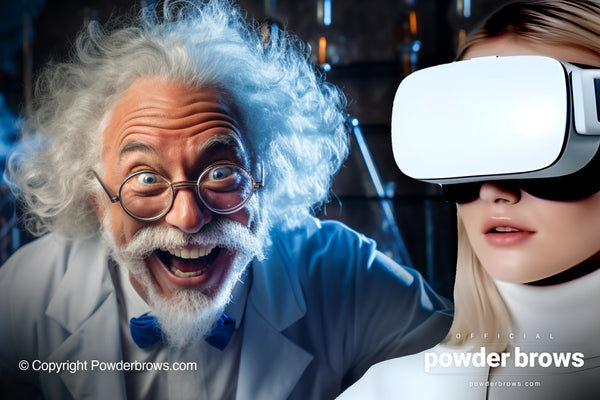3. Different Hybrid pigments
Contrary to common belief, authentic hybrid pigments are not merely physical mixtures of organic and inorganic substances. They are, in fact, much more complex. In true hybrid pigments, organic and inorganic elements are chemically fused together at the molecular level. This fusion results in new molecules where the bonds between the elements have changed. The resulting "hybrid" molecules contain both organic and inorganic elements within the same new molecule.
Understanding the chemical complexity of true hybrid pigments can significantly impact the quality and longevity of work for PMU artists. Knowing the difference allows artists to make informed choices about their pigments, leading to more predictable and reliable results.
Demystifying the Concept of "Hybrid" Pigments
For many artists, especially those with limited experience in the realms of chemistry and physics, hybrid pigments often appear as a mystical "third category" of pigments. These artists may view hybrid pigments as a novel and superior solution compared to traditional organic or inorganic pigments. However, this viewpoint often arises from a lack of understanding of what constitutes a "hybrid" pigment.
In reality, the hybrid nature of a pigment, which involves a blend of organic and inorganic elements, does not change the fundamental properties of its main colorants. Pigments, whether hybrid or not, generally contain key colorants like red, yellow, and black. Among these, black is often the most influential colorant. Therefore, the evaluation of a "hybrid" pigment should still be based on the properties of the organic or inorganic components that are primarily responsible for its coloring capabilities.







